Higher Education
Education environments collect a lot of big data, pertaining to various operations and the information of each individual student; along with faculty and staff information. Apart from that, there is more data collected as institutes provide various services such as course registration, class schedules, on-premises learning management systems and more. These services are provided to various audiences (faculty, staff, students) and each of these audiences have their own requirements. Moreover, these services are provided around the clock. Add in Internet of Things (IoT) in the mix and it compiles into a system that requires:
- An ever expanding storage.
- Continuous provision of services (Business continuity) to a large audience 24/7.
- Reliable backup and disaster recovery.
- A lot of computational and processing ability.
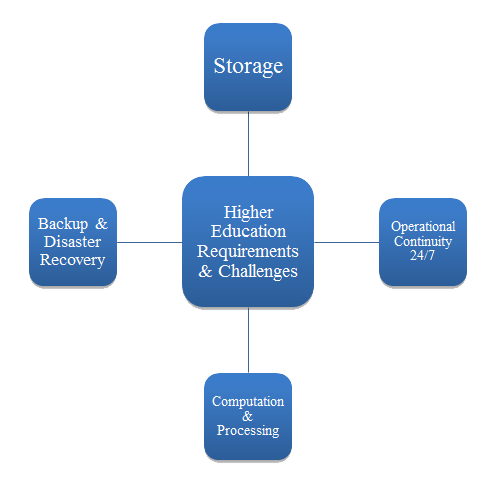
Storage Size Requirements
Educational environments involve a collection of data that compiles and turns into a data lake. This lake continues to grow because there are several audiences and the services provided also collect a lot of information. This information is mission critical and requires a reliable storage that can store the information in an efficient yet cost effective way. Most of this information is required by regulations to be stored permanently for compliance and reference purposes. Hence, there’s a requirement for storage and a need to archive information for an indefinite amount of time.

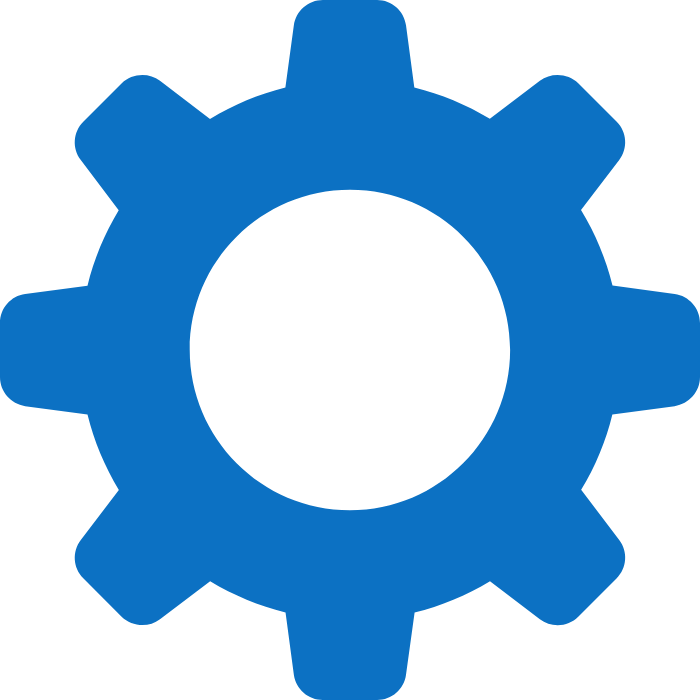
Operational Continuity 24/7
Educational environments cannot tolerate any disruption in the provision of their services whether it’s a registration portal, an email server, file or data printing service. Each service is important and there are mission critical data as well, which simply cannot be lost nor disrupted. That is why it is important to ensure that the services and applications remain operational, even in the case of a disaster. A disaster can be of natural or artificial (ransomware and/or malware) origin.
Backup & Disaster Recovery
With a lot of data, it becomes increasingly difficult to backup; especially when using traditional technology. The costs are too high and the system becomes complex as the data grows. Not to mention, traditional technology cannot be scaled up as the storage requirements increase. And in case of a disaster, they either don’t provide any recovery options or are too expensive.

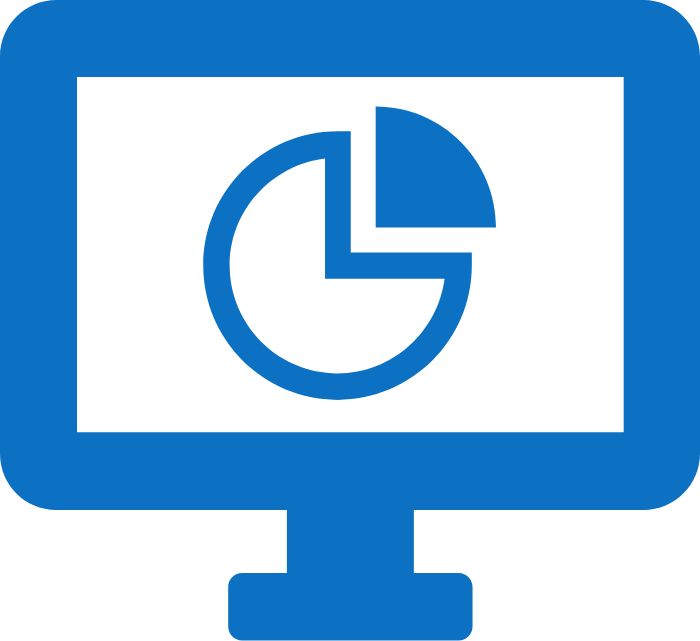
Computational & Processing Ability Limitations
Educational environments provide services to different audiences and this leads to the necessity of computational ability that is capable of processing all of the data involved. The required computational ability and processing power and storage is unpredictable; it changes from time to time. For instance, at the beginning of a session the registration portal would undergo an influx of traffic and would require more resources. Similarly, if a certain class has an assignment; they will access their email server and relevant portal more. Hence more traffic. Thus it needs to be flexible and should have the ability to incorporate the maximum possible amount of traffic. These requirements are simply impossible to address with traditional means of technology.
StoneFly Solutions for Higher Education
Innovative Scalable Storage Products & Solutions
StoneFly provides backup appliances and solutions that are scalable and using StoneFly’s cloud connect can be leveraged in a way to provide infinite storage for an indefinite amount of time. StoneFly’s partnership with Microsoft and Amazon enables users to backup their data into the cloud and use the infrequent access or archiving storage tiers. This ensures that the user gets efficient yet cost effective means to backup their data.
Scale-out NAS appliances can host files, share them on a network and can be scaled to an infinite size. Similarly, these appliances can connect to the cloud to back up the files into the cloud and access the different storage tiers of public clouds. Other than this, if the environment requires the operation of software then StoneFly also facilitates SaaS (Software as a Service) and provides SAN (Storage Area Network) appliances.

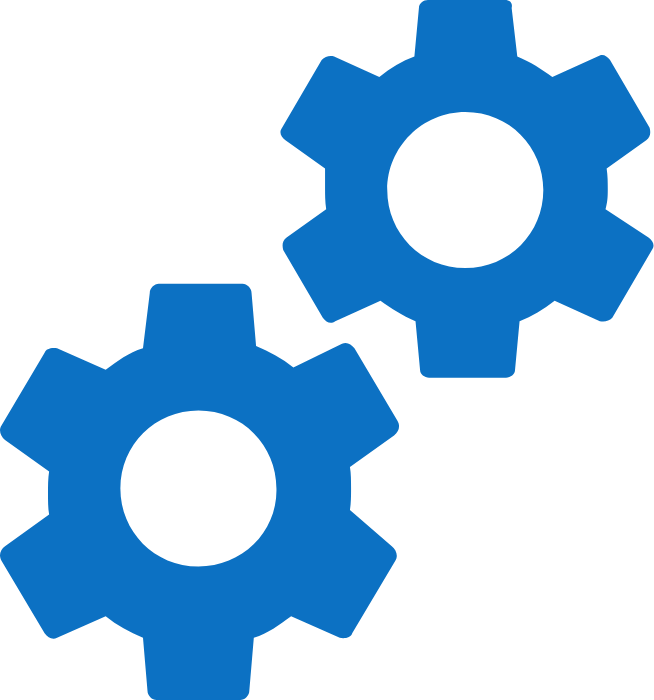
365.24.7 Operational Continuity
Operational continuity requires a failover mechanism. This mechanism enables the operations to continue by moving the entire system to it while the original system is recovered. This can be achieved using StoneFly’s replication services. StoneFly’s diverse range of appliances and services provide backup (unlimited), disaster recovery (reliable, certified and relied upon by governments) and replication (robust and capable of providing failover options). This is how mission critical operations can continue working as the end users feels no difference even after a disaster has occurred. This ensures that the educational environment endured ransomware attempts, that have become a dangerous threat to operations around the globe.
Reliable Backup & Disaster Recovery
StoneFly provides cost effective products and solutions for backup and disaster recovery. StoneFly’s products can be scaled up and can also backup the data to the cloud; so there can be multiple copies: in on-premises infrastructure and in the cloud. Disaster recovery is reliable with StoneFly because StoneFly replicates data using images and creates copies of the data on different offsite locations. Therefore, data remains secure and highly available.
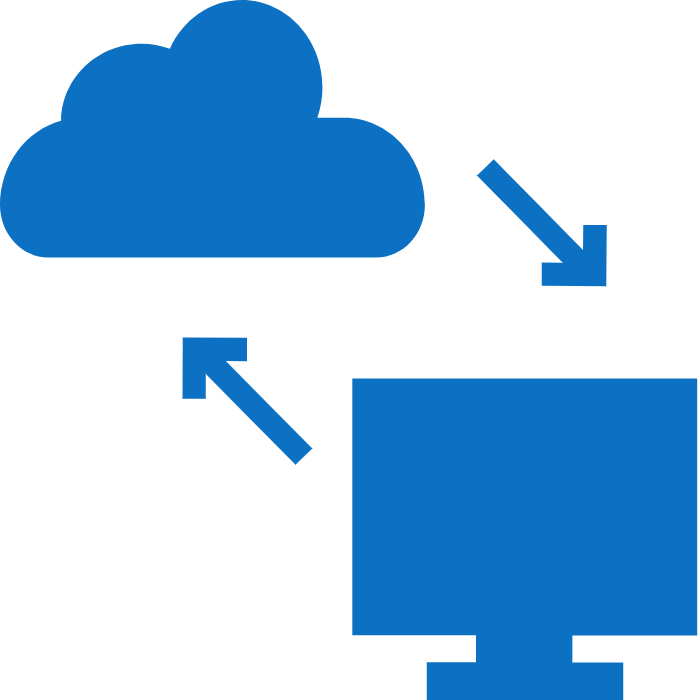
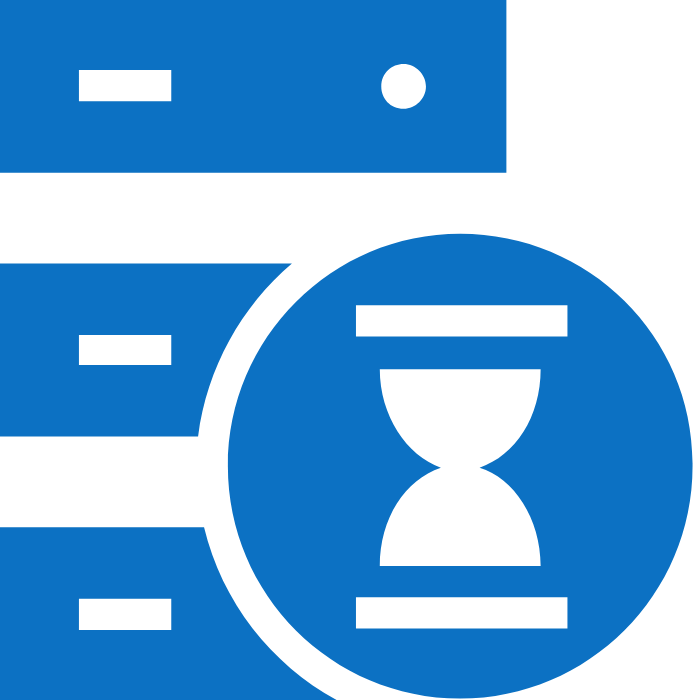
Unlimited Computational & Processing Ability
StoneFly’s products are capable of addressing these requirements easily. For service provision, enterprises and organizations around the globe are depending on cloud computing; specifically Software as a Service (SaaS). StoneFly is partnered with major public cloud providers such as Microsoft Azure and Amazon AWS. Both public cloud providers provide SaaS, you can use their computational ability and provide your services without having to pay extra or feeling the need to predict traffic. If the traffic increases, the required resources increase and when it drops, the resources (storage etc) are reduced as well. Therefore, you only pay for the storage you use and get a cost effective solution which ensures that your operations are always available to the end user.